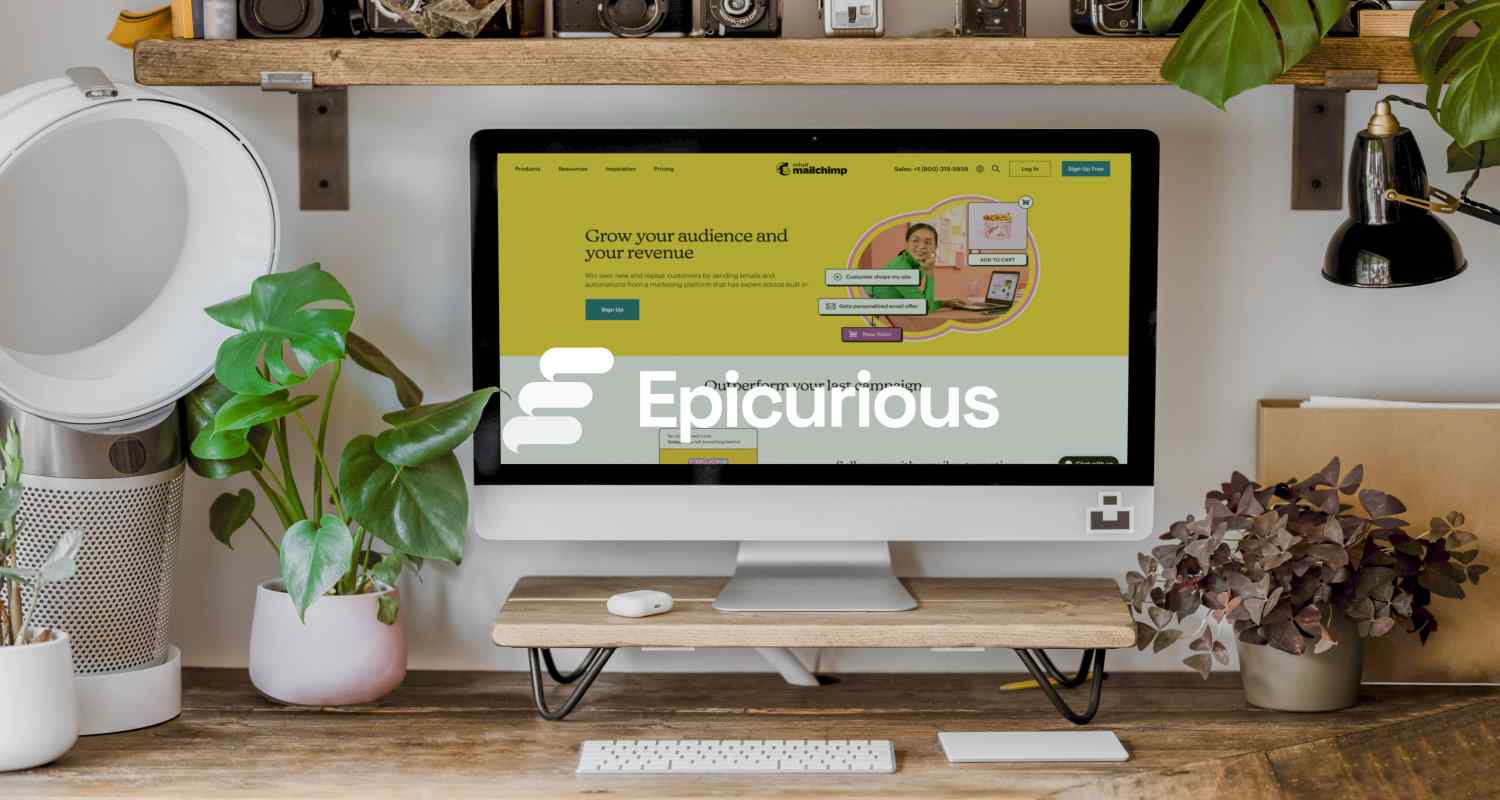CONVERSION RATE OPTIMISATION
About Conversion Rate Optimisation
Conversion Rate Optimization (CRO) is a crucial aspect of digital marketing and website management that focuses on increasing the percentage of visitors who complete a desired action on a website. These actions can range from making a purchase to signing up for a newsletter or filling out a contact form.
Our Client Happiness Level
Ready to take your business to the next level? At AquaLeo, we offer a comprehensive suite of services designed to help your business succeed. From business formation and company registration to trademark services, taxation support, IT solutions, and digital marketing, we’ve got you covered. Our team of experts is here to simplify the process, so you can focus on what truly matters—growing your business. Let’s make your entrepreneurial journey smooth, hassle-free, and successful. Contact us today and get started on building a strong foundation for your business!

Explore Our Web Design Showcase

Digital Experiences That Captivate

Maintain financial stability and avoid unexpected expenses, which can disrupt operations and impact profitability.
Increase revenue, attract top talent, and expand into new markets, leading to sustainable growth and profitability.
Reducing costs by optimizing resource utilization, ultimately leading to increased revenue and long-term success.
Assessing effectiveness and making improvements to enhance user experience and achieve business goals.
Implementation of SSL certificates, enabling secure HTTPS connections for enhanced website security and protection.
Setting up website analytics tools like Google Analytics to gather valuable insights for data-driven decision-making work.

Definition: Conversion rate is the ratio of visitors who complete a desired action to the total number of visitors. It’s usually expressed as a percentage.
Formula: Conversion Rate = (Number of Conversions / Number of Visitors) × 100
Maximize ROI: Improving conversion rates can lead to better return on investment by increasing the effectiveness of existing traffic.
Cost Efficiency: It’s often more cost-effective to optimize the performance of a website than to acquire new traffic.
User Experience: Enhancing the user experience can lead to higher satisfaction and loyalty, contributing to better conversions.
A. Analytics and Data Collection
Traffic Analysis: Understand where your visitors come from, what pages they visit, and how they interact with your site.
User Behavior: Tools like Google Analytics, Hotjar, or Crazy Egg can provide insights into user behavior through heatmaps, session recordings, and click tracking.
B. Identifying Conversion Goals
Primary Conversions: These are direct actions like purchases, sign-ups, or downloads.
Secondary Conversions: These might include activities like social shares, time spent on site, or page views.
C. Testing and Optimization:
A/B Testing: Compare two versions of a page or element to see which performs better.
Multivariate Testing: Test multiple variables simultaneously to determine which combination yields the best results.
Split URL Testing: Test different versions of entire pages to assess performance differences.
D. Enhancing User Experience:
Design and Layout: Ensure that your site is visually appealing and easy to navigate.
Content: Create compelling, relevant, and engaging content that addresses user needs and pain points.
Speed and Performance: Optimize site speed and reduce load times to prevent user frustration and abandonment.
E. Personalization
Targeted Content: Customize content based on user demographics, behavior, or referral source to increase relevance and engagement.
Dynamic Elements: Use dynamic content and recommendations to cater to individual user preferences
F. Call-to-Action (CTA)
Visibility: Make sure CTAs are prominently placed and easy to find.
Clarity: Use clear, action-oriented language that tells users exactly what to do next. Design: Ensure that CTAs are visually distinct and enticing.
A. User Research:
Conduct surveys, interviews, and usability tests to gather qualitative data about user needs and preferences.
B. Segmentation:
Analyze different visitor segments to tailor strategies and optimize conversion rates for each group.
C. Customer Journey Mapping:
Understand and optimize the various stages of the customer journey to smooth the path to conversion.
Analytics Platforms: Google Analytics, Adobe Analytics
A/B Testing Tools: Optimizely, VWO (Visual Website Optimizer)
Heatmap Tools: Hotjar, Crazy Egg
Feedback Tools: SurveyMonkey, Typeform
KPIs (Key Performance Indicators): Track metrics such as conversion rate, bounce rate, and customer acquisition cost.
Continuous Improvement: Use data-driven insights to iteratively refine and improve conversion strategies

User-Centered DesignDigital Experiences That Captivate
- Dedicated Service Team
- Unlimited Remote Support
- Security Updates
- Monitoring, Alerting & Reporting
- 24/7 Help Desk
- Dedicated Service Team
- Unlimited Remote Support
- Security Updates
- Monitoring, Alerting & Reporting
- Ad-blocker bypass
- Dedicated Service Team
- Unlimited Remote Support
- Security Updates
- Monitoring, Alerting & Reporting
- Ad-blocker bypass
Trusted by some of the fastest growing companies:


















